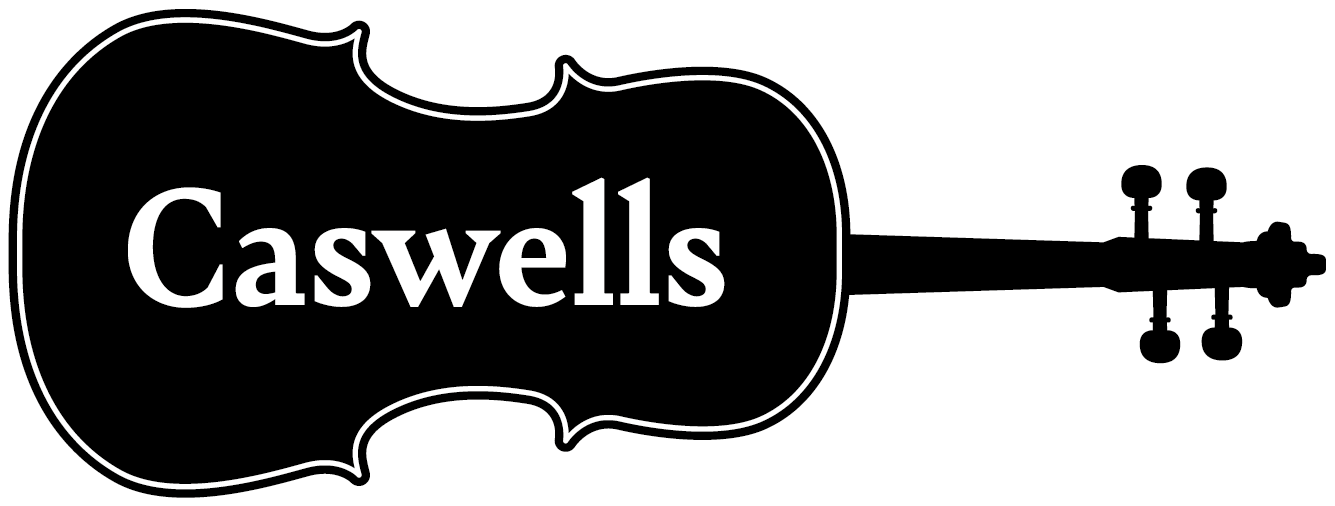
The fitting and tuning of stringed instruments using pegs set into a block of wood or a pegbox, is as old as primitive instruments go. The craftsmanship, however, needed to fit specifically instruments of the violin family is a skilled process by trained luthiers using unique tools, getting a precise fit so that pegs turn easily and don’t slip.
Trouble is that they can and do slip which can be very frustrating. In an earlier article I went over the reasons for this phenomenon and the remedies. One such is fine tune pegs by Wittner and by Knilling.
Finetune-pegs made by Wittner in Germany offer a “non-slip” solution for the violin/viola or cello player. These pegs have the traditional hardwood ebony appearance while offering a unique internally geared system that makes them a doddle to use.
The fine-tune peg is fitted firmly, but not glued, into the existing peg hole so as to be immovable. Done correctly it remains thus and the only part of the peg that moves is the head and the geared middle section of the shaft onto which the string is wound. Each peg has the internal gearing affording very precise and smooth tuning. The mechanism is constructed so that it cannot slip back once tuned. Fitting the pegs is really a job for a trained luthier which, of course, adds a bit of cost.
This non-slip function is not the only benefit of Wittner peg. Because the peg shaft is immovable there is no wear on the peg box. The traditional tapered peg caused progressive wear by the constant turning, resulting in the need for ongoing maintenance and even re-bushing on older instruments. There is also no risk of a split peg box, as no inward pressure is being exerted on the peg box. This fact is particularly important for older instruments and especially where there is a repaired pegbox split, thus reducing the possibility of the crack opening again.
Another advantage is that you can do away with fine tuners on the tailpiece, which reduces the weight (however small) and adds to the overall aesthetics of your instrument. Some players do just leave the e- string adjuster as being perhaps a bit easier to use and more precise.
There are more and more student instruments now fitted with the finetune pegs as standard – see the Giovanni Allegro, Vivente Academy and Veracini Finetune model.



